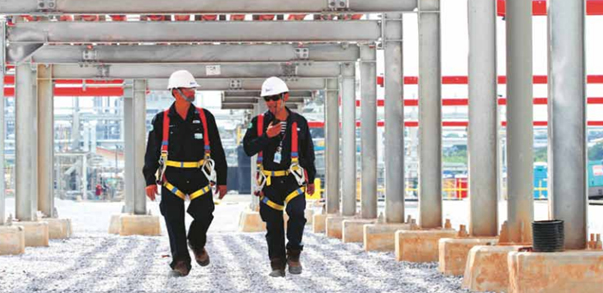.webp)
.webp)
Participants gain the necessary background, understanding and innovative tools to prepare and implement an effective Occupational Health and Safety Program. An effective OH&S Program will help your organization reduce the incredible costs, in terms of people and dollars, of injuries and illness in the workplace.
By the end of this course, participants will be able to:
Day 1: Fundamentals of OH&S Program Design
Day 2: Risk Assessment and Hazard Control Strategies
Day 3: Safety Leadership and Employee Engagement
Day 4: Establishing a Proactive Safety Culture
Day 5: OH&S Performance Measurement and Continuous Improvement
CDGA attendance certificate will be issued to all attendees completing minimum of 80% of the total course duration.
| Code | Date | Venue | Fees | Register |
|---|---|---|---|---|
| HSE213-01 | 01-02-2026 | Amman | USD 5450 | |
| HSE213-02 | 17-05-2026 | Casablanca | USD 6950 | |
| HSE213-03 | 14-09-2026 | Kuala-Lumpur | USD 5950 | |
| HSE213-04 | 20-12-2026 | Dubai | USD 5450 |

Developing an effective safety culture is essential for ensuring the well-being of employees and minimizing accidents and injuries in the workplace. This five-day course will provide a comprehensive u ...

This international leading qualification will assist all health & safety professionals, Drilling Crew to identify the drilling operations, identify the hazardous at Rigs, assist to reducing deaths, in ...
.jpg)
Many organizations are implementing an Occupational Health and Safety Management System (OHSMS) as part of their risk management strategy to address changing legislation and protect their workforce. T ...

The taunt of Production versus Safety has been with companies for many years. This barrier must be overcome. The Occupational Safety and Health Administration (OSHA), is one of the world’s leading bod ...
Providing services with a high quality that are satisfying the requirements
Appling the specifications and legalizations to ensure the quality of service.
Best utilization of resources for continually improving the business activities.
CDGA keen to selects highly technical instructors based on professional field experience
Since CDGA was established, it considered a training partner for world class oil & gas institution
3012, Block 3, 30 Euro Business Park, Little Island, Co. Cork, T45 V220, Ireland
Mon to Fri 09:00 AM to 06:00 PM
Contact Us anytime!
Request Info